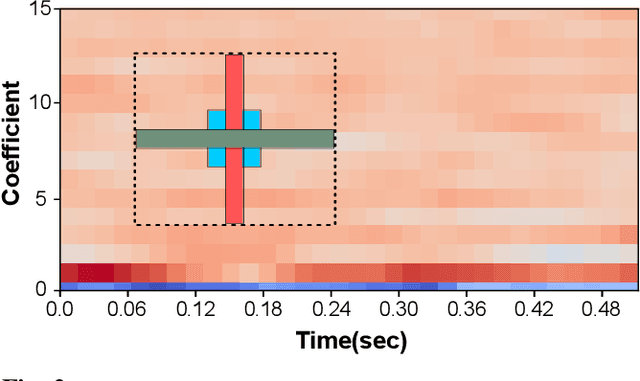Arya Aftab
Multi-Head ReLU Implicit Neural Representation Networks
Oct 07, 2021



Abstract:In this paper, a novel multi-head multi-layer perceptron (MLP) structure is presented for implicit neural representation (INR). Since conventional rectified linear unit (ReLU) networks are shown to exhibit spectral bias towards learning low-frequency features of the signal, we aim at mitigating this defect by taking advantage of the local structure of the signals. To be more specific, an MLP is used to capture the global features of the underlying generator function of the desired signal. Then, several heads are utilized to reconstruct disjoint local features of the signal, and to reduce the computational complexity, sparse layers are deployed for attaching heads to the body. Through various experiments, we show that the proposed model does not suffer from the special bias of conventional ReLU networks and has superior generalization capabilities. Finally, simulation results confirm that the proposed multi-head structure outperforms existing INR methods with considerably less computational cost.
Light-SERNet: A lightweight fully convolutional neural network for speech emotion recognition
Oct 07, 2021



Abstract:Detecting emotions directly from a speech signal plays an important role in effective human-computer interactions. Existing speech emotion recognition models require massive computational and storage resources, making them hard to implement concurrently with other machine-interactive tasks in embedded systems. In this paper, we propose an efficient and lightweight fully convolutional neural network for speech emotion recognition in systems with limited hardware resources. In the proposed FCNN model, various feature maps are extracted via three parallel paths with different filter sizes. This helps deep convolution blocks to extract high-level features, while ensuring sufficient separability. The extracted features are used to classify the emotion of the input speech segment. While our model has a smaller size than that of the state-of-the-art models, it achieves higher performance on the IEMOCAP and EMO-DB datasets.
 Add to Chrome
Add to Chrome Add to Firefox
Add to Firefox Add to Edge
Add to Edge